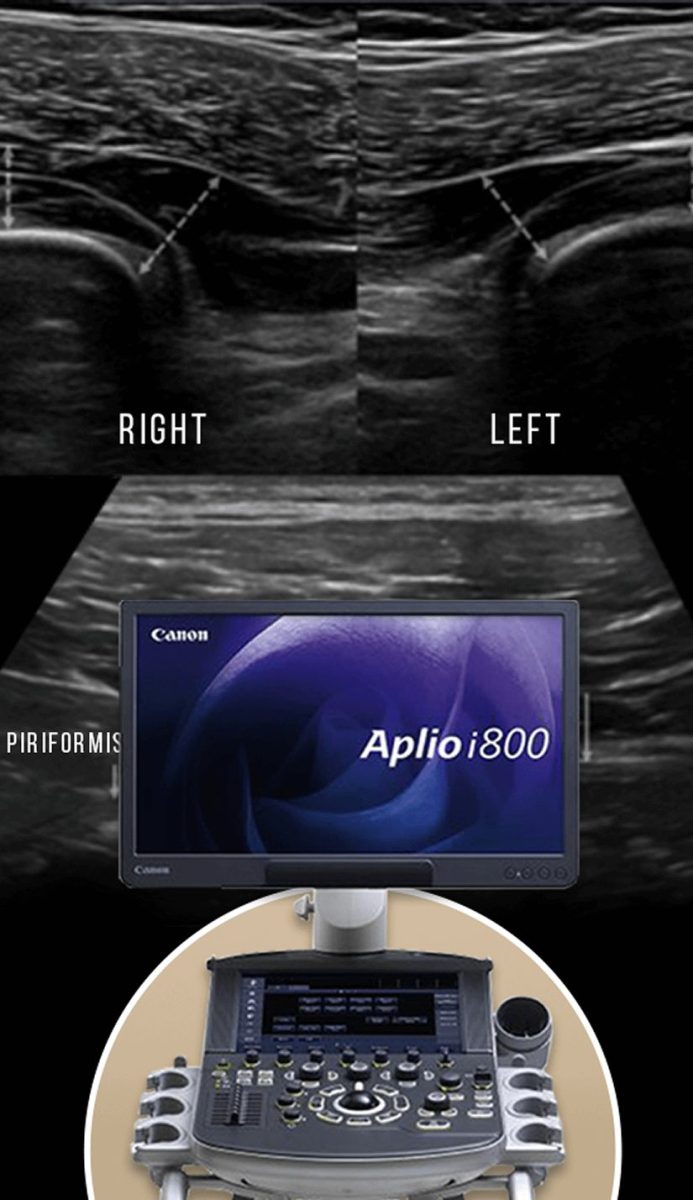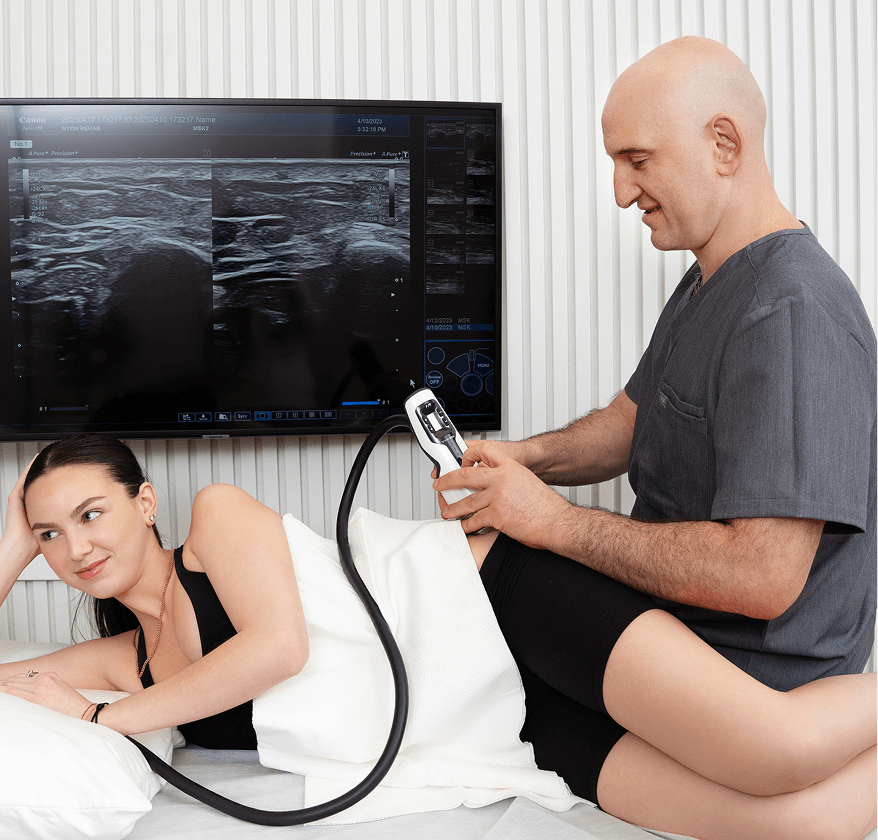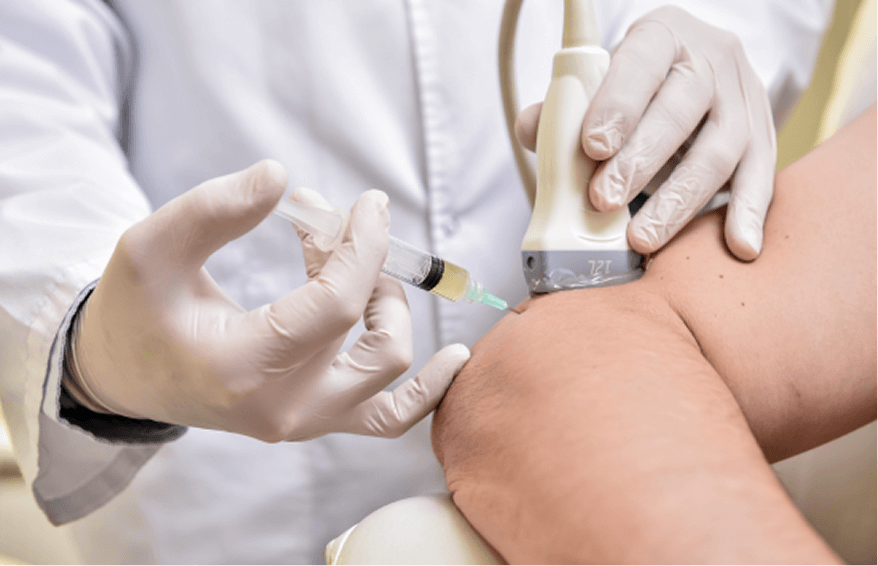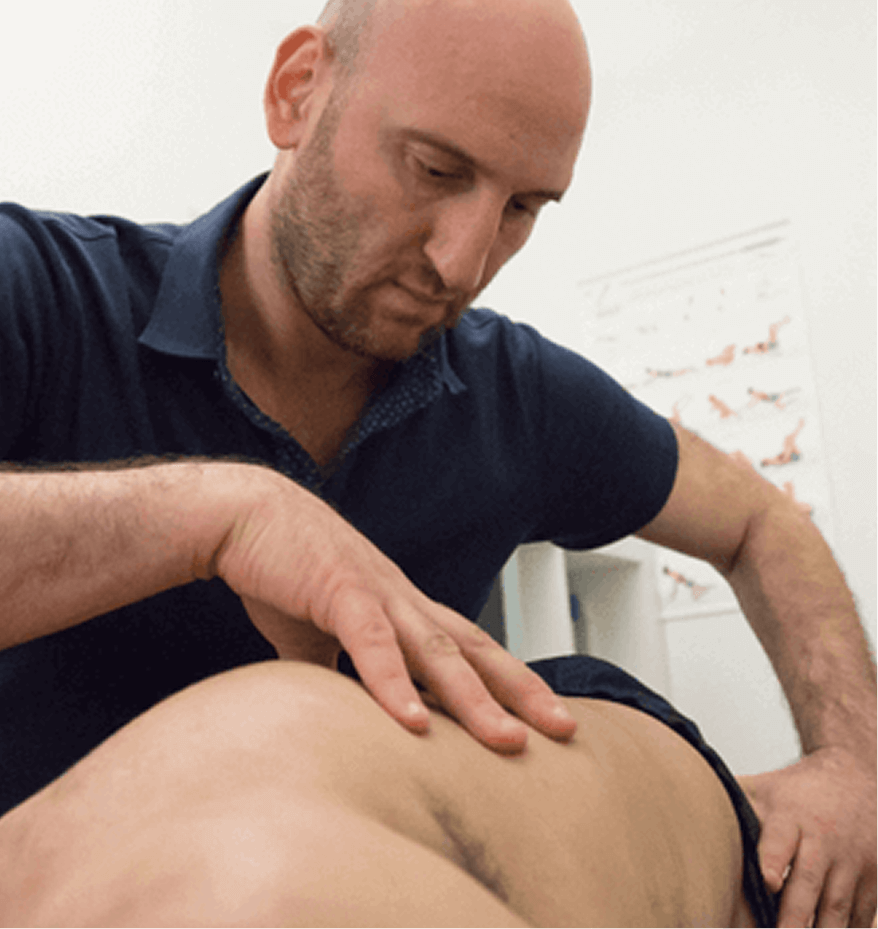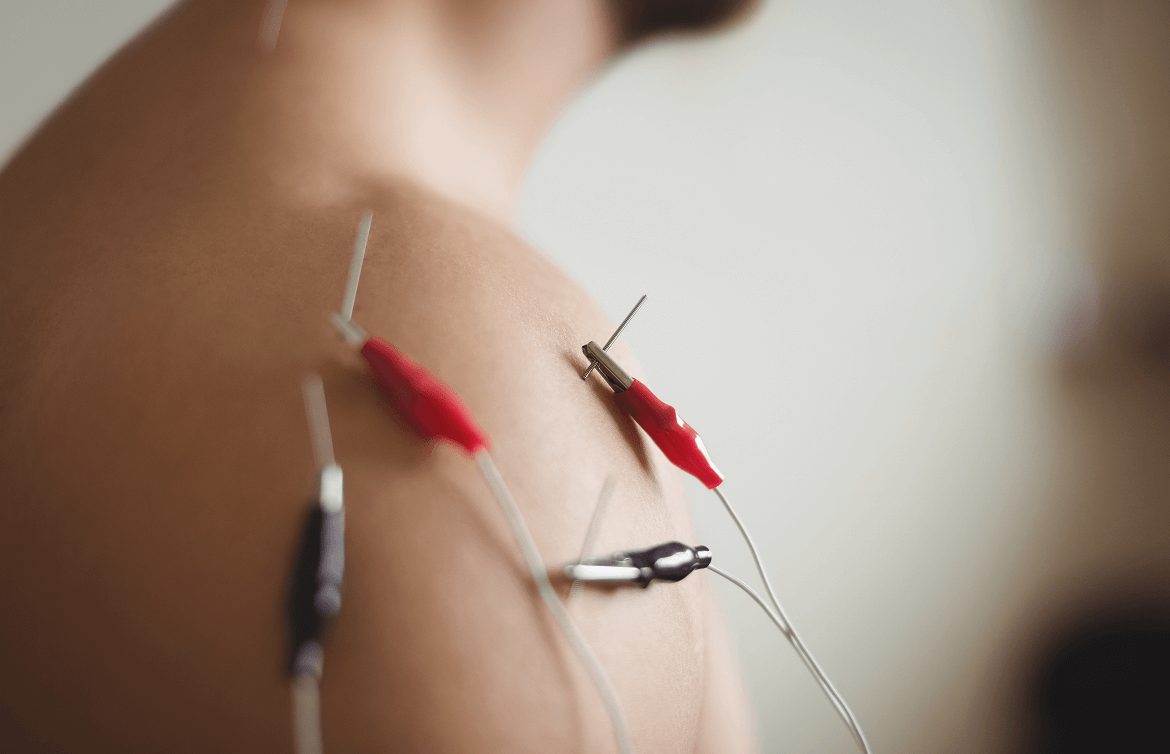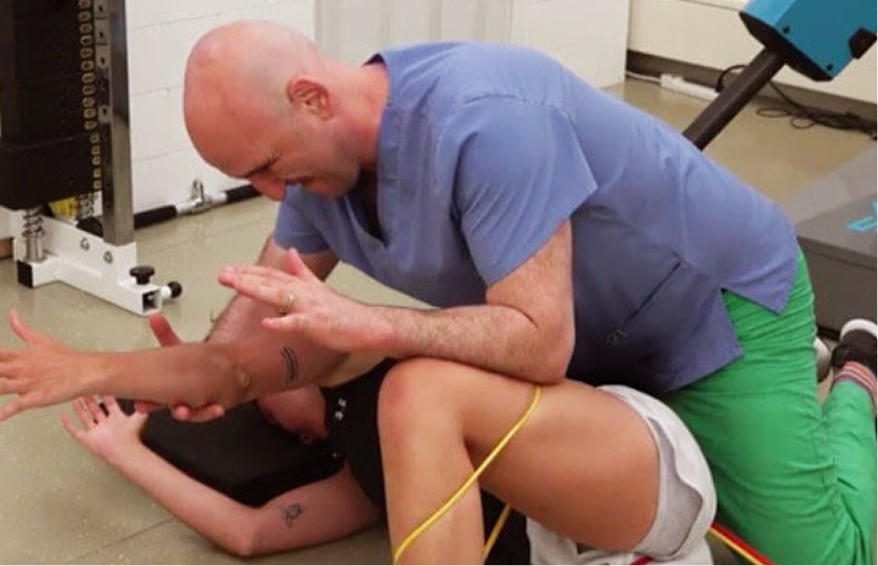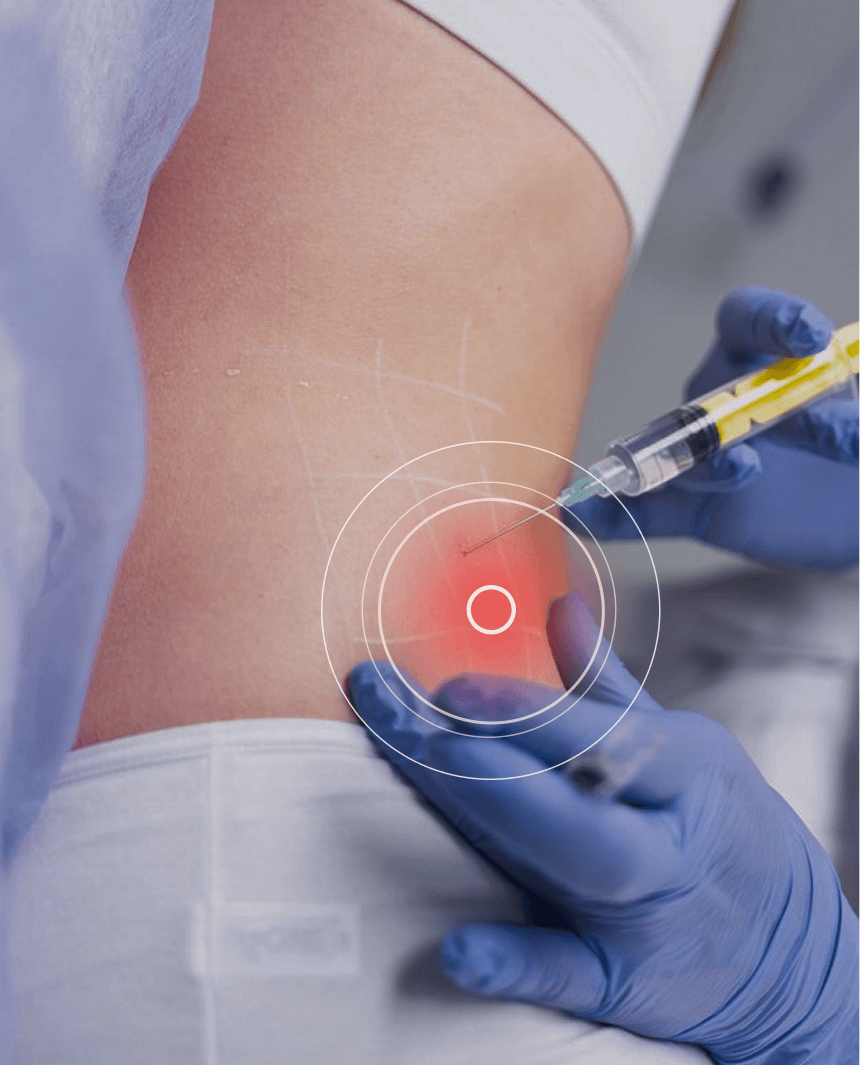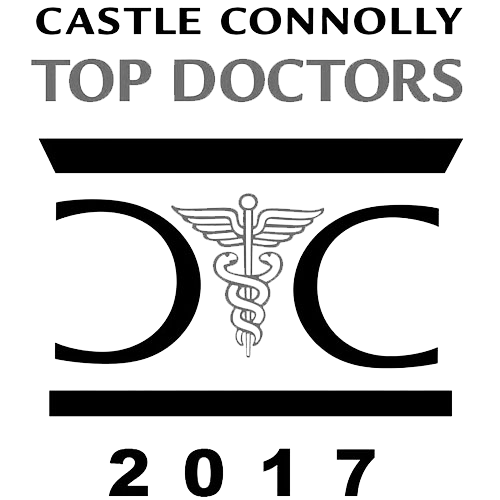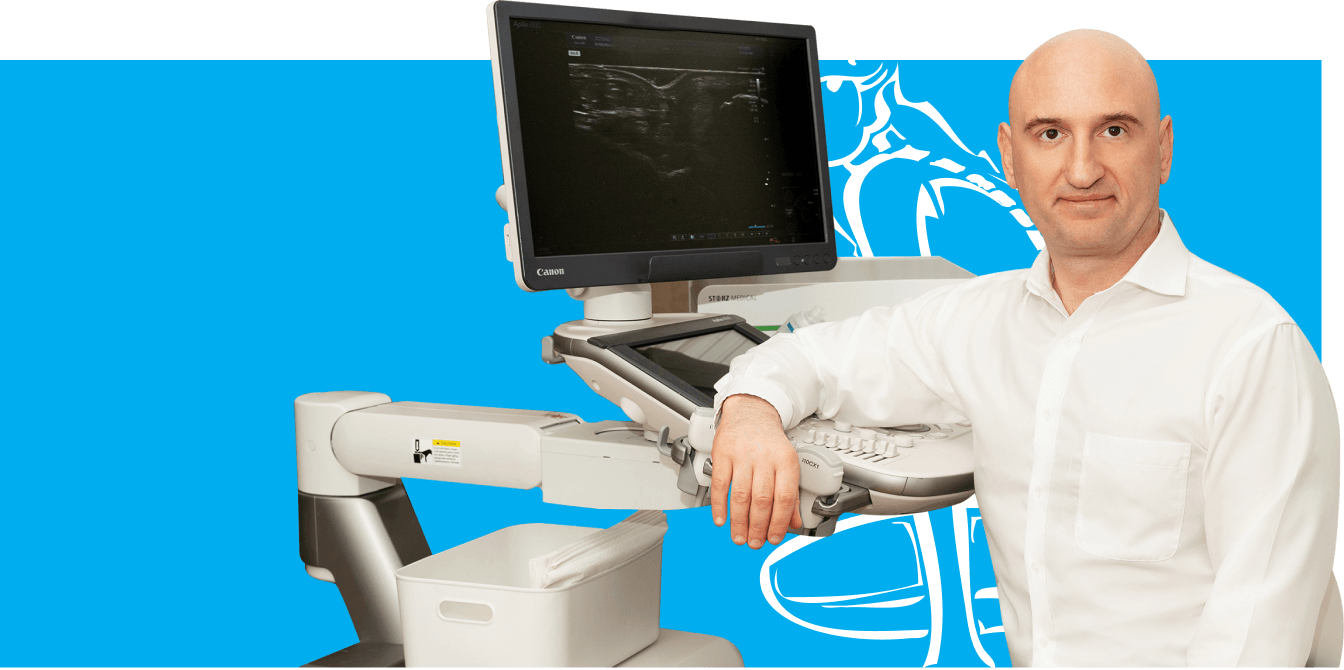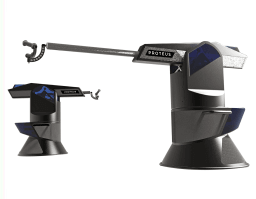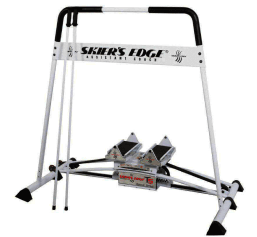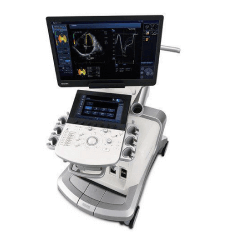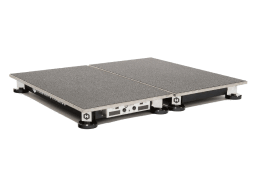The sciatic nerve is the largest nerve in the human body, with its roots emerging from the lower spinal vertebrae L4 to S3, and merging to form a single nerve that runs down the leg, all the way to your feet. When sciatic nerve roots are compressed, usually by an inflamed disc, pain is most commonly felt on one side of the lower back. But sciatic nerve compression or entrapment can occur anywhere along the nerve’s path, causing pain, numbness and tingling in the buttocks and the back of the legs.
Sciatic nerve compression often arises in the subgluteal space, where the nerve glides among various muscles and structures on its path to innervate the lower extremities. Muscle hypertrophy from exercise, or muscle inflammation from injury, can narrow the spaces where the sciatic nerve glides among other structures, causing painful compression.
Subgluteal pain syndrome can also arise from damaged fascia that has become densified and sticky, interfering with the nerve’s ability to glide. The nerve can become entrapped at the site of fascial adhesions, causing pain and disrupting muscle action. And recent research suggests that subgluteal pain may be associated with suboptimal movement in the hips and pelvis.
For decades, the space where the nerve passes near or through the piriformis muscle was thought to be the main site of subgluteal nerve compression. But thanks to advancements in diagnostic ultrasonography and MRI neurography, we now know that sciatic nerve compression can occur at multiple sites within the subgluteal space.
The most common sites of subgluteal compression are:
- The space where the nerve passes near or through an enlarged or inflamed piriformis muscle
- At the junction of the sacroiliac joint and superior gluteal nerve
- At the gemellus-obturator internus complex, where the sciatic nerve is dynamically entrapped
- Near the hamstring insertion of the posterior thigh
High-resolution ultrasound allows us to visualize dynamic nerve compressions with remarkable clarity, as they happen. Ultrasound allows us to trace the entire path of the sciatic nerve from its roots to the distal thigh, and provides the ideal tool for visualizing the sacroiliac ligaments. The technology allows us to consider anatomical nuances that distinguish one patient from the next, allowing for more personalized treatment.
We also use ultrasound imaging to guide our regenerative and orthobiologic therapies, for precision in targeting different tissue types.




